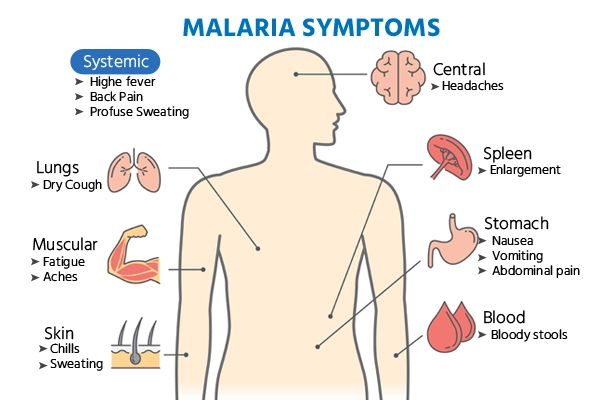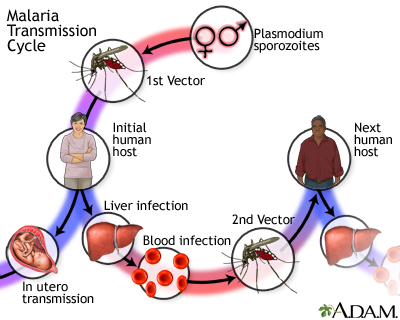Introduction:
Malaria remains a significant global health challenge, affecting millions of people annually.
This advanced article aims to provide a comprehensive overview of malaria, including its signs, treatment options, and prevention strategies. By increasing awareness and understanding of this infectious disease, we can work towards reducing its impact and improving public health worldwide.
Understanding Malaria:
Malaria is a life-threatening disease caused by Plasmodium parasites transmitted through the bites of infected female Anopheles mosquitoes. The most common types of malaria parasites affecting humans include
- Plasmodium falciparum,
- Plasmodium vivax,
- Plasmodium malariae,
- Plasmodium ovale.
The disease is prevalent in tropical and subtropical regions, particularly sub-Saharan Africa, Asia, and South America.
Signs and Symptoms:
The signs and symptoms of malaria typically develop within one to four weeks after infection. Common symptoms include
- high fever,
- chills,
- headache,
- muscle and joint pain,
- fatigue,
- nausea,
- vomiting, and diarrhea.
In severe cases, malaria can cause complications such as anemia, organ failure, cerebral malaria, and even death.
Treatment Options:
Malaria is a treatable disease, and early diagnosis and prompt treatment can save lives.
The choice of treatment depends on factors such as the type of malaria parasite, the severity of the disease, and the individual's age and overall health.
Antimalarial drugs, such as chloroquine, artemisinin-based combination therapies (ACTs), and other medications, are used to eliminate the parasites from the body and alleviate symptoms.
It is crucial to complete the full course of prescribed medications to ensure complete recovery and prevent the development of drug-resistant strains.
Prevention Strategies:
Preventing malaria involves a multi-faceted approach that combines personal protective measures and community-wide interventions. Here are some key preventive strategies:
1. Vector Control: Mosquito control measures, such as the use of insecticide-treated bed nets and indoor residual spraying, can significantly reduce the risk of mosquito bites.
2. Chemoprophylaxis: Travelers visiting malaria-endemic regions should take antimalarial drugs as prescribed by a healthcare professional before, during, and after their trip to prevent infection.
3. Environmental Management: Eliminating stagnant water sources, where mosquitoes breed, and improving sanitation conditions can help reduce mosquito populations.
4. Education and Awareness: Promoting public awareness about malaria transmission, prevention, and early recognition of symptoms is crucial for effective control efforts.
Conclusion:
Malaria remains a global health challenge, but with continued efforts in prevention, accurate diagnosis, and timely treatment, its impact can be significantly reduced.
It is essential to remain vigilant, particularly in regions where malaria is prevalent, and to actively engage in personal and community-based interventions to prevent the disease. By combining these efforts, we can strive towards a malaria-free future and improve the overall well-being of affected communities.


